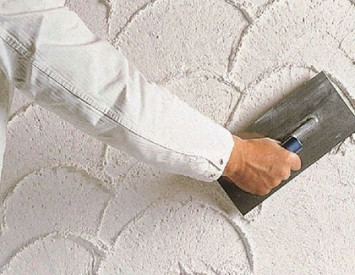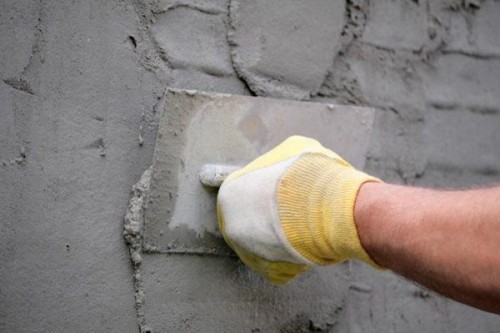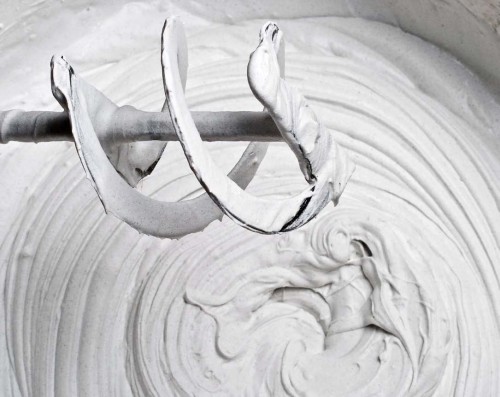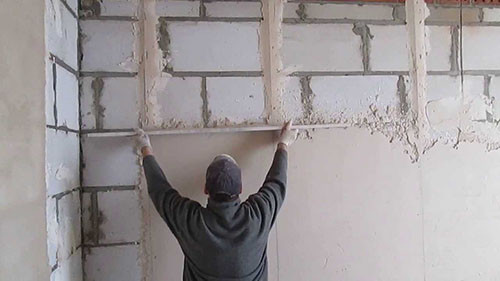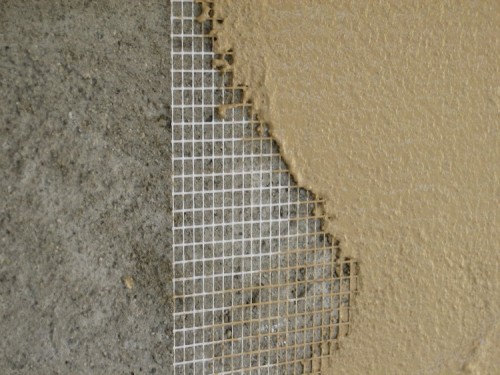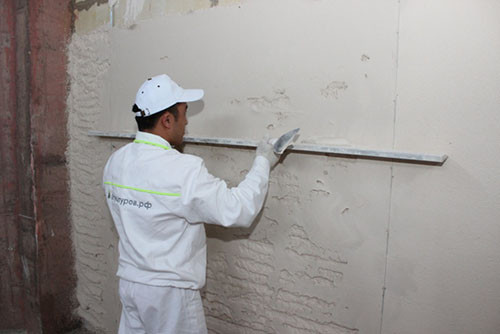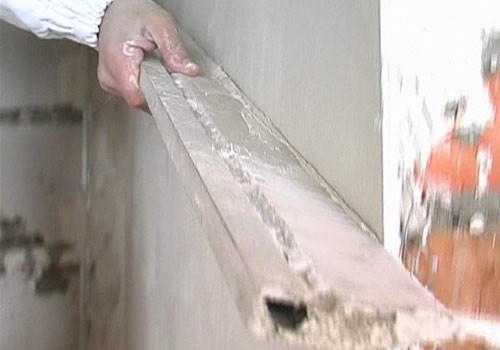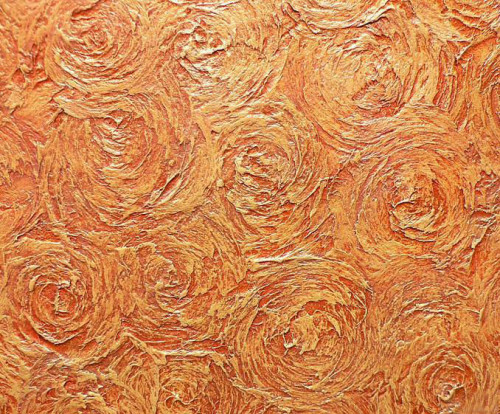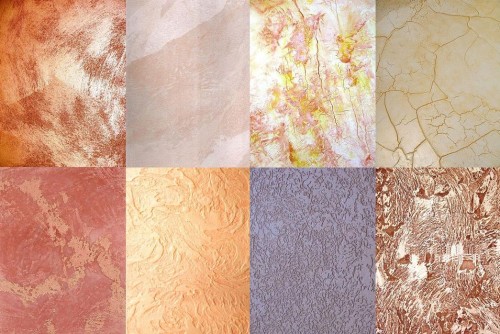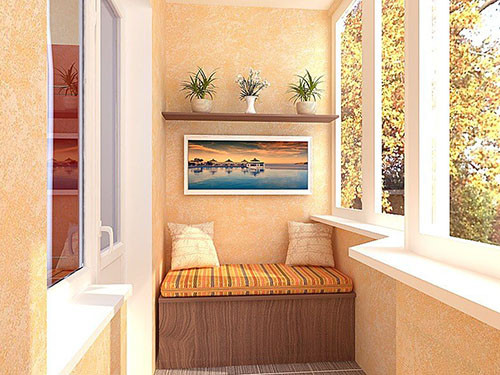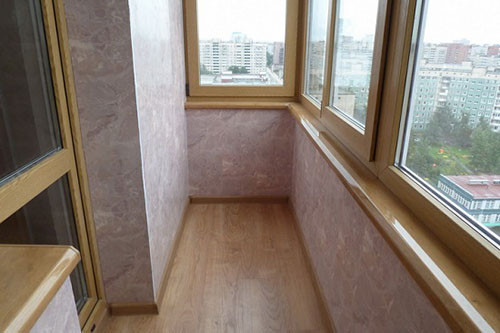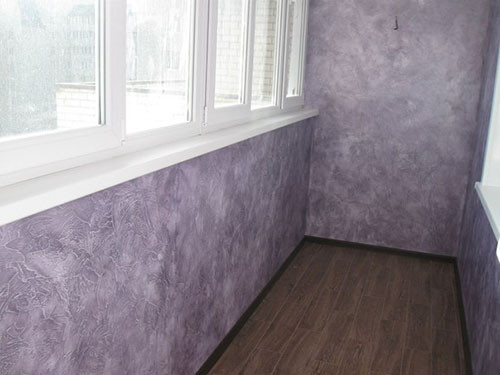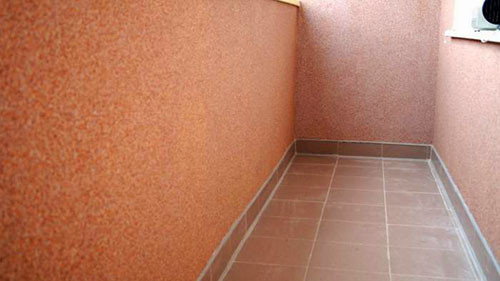The finish of the balcony differs from work in the apartment. This is a special room, which is closest to the street, and therefore is more exposed to the risk of moisture, light, dust, and t.D.. That is why not all finishing materials are suitable for balconies and loggias, but decorative plaster is not one of them. This is a universal material that can transform any room. In this article, we will tell you how to finish the balcony with decorative plaster and reveal a few secrets of the beautiful wall design.
Content
Aligning plaster for walls
Plaster is a special type of finishing material, the composition and method of application of which depends on the desired goal. So, if you need to make the wall smooth for the finish cladding, use the leveling plaster. On top her It is convenient to glue the wallpaper, put the tiles or apply decorative plaster compounds. They often contain hard Parts, pigments and a variety of additives to create an original effect.
The plaster on the balcony should withstand temperature changes and increased humidity, as well as provide additional protection of the room. Making even walls is not a problem if clearly Follow the instructions and prepare the correct mixture.
Any decoration begins with the leveling of the walls, and often for this you have to use special plaster, since it allows you to hide the obvious surfaces of the surface. Moreover, the leveling composition improves the operational characteristics of the ceilings and occupies a minimum of space, unlike plasterboard plates.
To prepare walls in this way, a cement-sand or gypsum solution is used-the choice depends on the material from which the wall is made. To heavy The cement mortar was held on the vertical surface, it needs support in the form of metal profiles and a reinforcing mesh. Gypsum is much easier and firmly attached to the wall without additional support. However, such plaster is not recommended to be used in rooms with a high level of humidity, so if you are going to choose her for the balcony, make sure he reliable isolated. Basically, gypsum chemes are used for finishing with a layer thickness of not more than 20 mm.
The specifics of working with the material
Alignment of the walls with plaster can be divided into three stages: preparation of the wall, preparation of the solution and actually applying it to the surface. To prepare the wall, it is necessary to remove the old coating. It is best to finish the balcony plaster immediately after the installation of hydro- and thermal insulation.
If you work with a “naked” wall, then the mixture will not be able to hold tight on a smooth concrete surface, so you need to do her Rolling - to put the zabines or small chips. For this, they usually use hard Steel brush Or an ordinary chisel. For reliable Grasping of the plaster, any wall must be covered with an adhesive primer in deep penetration. Before applying the plaster, the wall must be moistened so that all the water from the mixture is not absorbed into a brick or concrete. Also, the surface is necessary disable And wait for the primer to dry.
Prepare a plaster solution strictly according to the instructions on the package to avoid unpleasant surprises. No need to knead too much at once - you may not have time to spend it before solidification (especially gypsum). Mix the composition thoroughly so that there is not a single lump left. To make the surface perfectly even, use guide strips. They set the desired plane and do not allow the plaster to fall off. Such beacons are installed at a distance of about 50 cm, and then hid them under a layer of plaster.
The first time no one succeeds in creating a perfectly even coating, but do not worry - after 2 —3 hours after applying plaster her can be wiped with sandpaper, thereby hidden inseven defects. According to the technology, you need to adhere certain The thickness of the layer, so measuring devices are useful for work. Over time, it will turn out to do "by eye", but the main thing - Remember that the thinner the layer, the better.
More One important moome nT Ave.and working with cement-sand plaster-a reinforcing mesh. It is needed in order to increase rigidity Walls and not allow the plaster to collapse under your own weight. When buying, check with the seller that the net is intended specifically for internal work. Attach her to the wall with the same solution and slightly shed in him.
Useful advice: so that the plaster does not fall off, apply several thin layers, giving completely to dry the previous one. In total, the coating should not be thicker than 30 mm.
If you first do your own plaster with your own hands, better Use a wide spatula - apply the composition to the wall and stretch it below-up. The trowel is also intended for this, but you need to be able to handle it to make the surface even and beautiful.
Work with brick walls
If the walls on the balcony are made of brick, then so that the plaster holds tightly, first clean the seams to a depth of 8 —10 mm. In truth, working with brick and block walls is a little more difficult than with concrete. The thing is, what Bricks have a porous structure that absorbs water very quickly, and there is a risk, what The plaster will crumble and swell. To do this, at the preparatory stage, the wall must be covered 2 —3 layers of adhesive primer.
Important: if the house was built recently, it is not recommended to putty walls - the building will certainly give a small shrinkage, and all your efforts will be in vain.
A layer of plaster for a brick wall should have a thickness of at least 10 mm. Be sure to strengthen it with a reinforcing mesh, since it helps to level the surface. To protect the plaster from cracking and deformation, you can use the usual painting grid. This is especially true in places near the door and window openings.
We describe briefly the technology of plastering the brick wall on the balcony:
- Peel the seams.
- Cover the wall with a primer in 2 —3 layers, waiting for the complete drying of the previous one.
- Apply a slightly plaster mixture and drown the reinforcing mesh in it, attaching her cuts flash 10 —15 cm.
- Wait for the complete drying of the holding layer.
- Apply the leveling layer along the guide strips and beacons.
- Wait a few hours and rub the surface defects with sandpaper.
As you can see, there is nothing complicated in this, and plaster walls on the balcony can be an excellent practice for repair in the apartment itself.
Decorative plaster
When the walls became even and smooth, you can proceed to the most pleasant part of the work - applying beautiful decorative plaster. The peculiarity of modern compositions is not only in their spectacularity and diversity, but also in worthy operational characteristics. They can calmly withstand temperature changes, do not burn out from direct sunlight, help to maintain heat inside the house and are completely safe in terms of ecology. Create a unique interior on the balcony with the help of decorative plaster can even be those who have never picked up a spatula or roller! And the most pleasant thing is that the cost of the compositions is mostly low is much lower than the wallpaper, tiles or panels.
Decorative plaster can consist of one, two layers And more. Typically, the composition already includes adhesive additives, dyes, plasticizers and other components to increase the practicality and aesthetics of the coating. At the heart of almost all plastering compositions are lime, gypsum or white cement and quartz. Mineral mixtures are sold in the form of powder, which You just need to dilute with water to the required consistency, but if you are afraid to not cope, you can buy ready -made pastel plaster in the bucket.
None of the modern plasters contains harmful substances, and the number of plasticizers and additives usually does not exceed 3%. Due to their natural composition, the surface is calmly passing through steam and do not interfere with the natural microvntilation of the room. Most of the compounds do not accumulate dust and even withstand wet cleaning.
Decorative plaster on the balcony is preferable than wallpaper or wooden panels more And because She is completely fireproof And does not burn out under the sun. Service life can be safely calculated for decades, while wallpaper recommended Change once every 3 years.
Useful advice: there are special plaster mixtures with antiseptic additives that prevent mold and fungi, which is relevant for balconies.
And, of course, the main reason because of which many choose decorative plasters is an amazing variety of colors and textures. Not even being You can create a stylish and original interior designer.
It would be just wonderful, do not have a decorative plaster in the shortcomings, but, unfortunately, it was not without them. So, due to its mineral nature, it can be covered with cracks with incorrect application or after some time. In most cases, it is not difficult to restore the surface, but fact it remains fact. This is a controversial drawback that disappears if you buy a mixture with various synthetic additives and plasticizers to increase elasticity. They are more expensive, but you can be sure of the successful outcome of the case.
Types of decorative plaster
As we have already said, there are a lot of decorative plasters, but to facilitate You have a choice, we classified them into groups depending on the effect.
Classification of decorative plasters:
- Structural - have baby quartz or mica, due to which, when applied, forms chaotic scratches and scuffs. Popular stucco “Bark beetle”, imitating the moves of the beetle, belongs to this type. It is noteworthy that for such mixtures you do not need to pre -level the wall - they themselves mask small defects. Structural plaster can create an imitation of not only wood, but also cracked stone and even snake skin! To work on the balcony and inside the house, it is better to buy water -based mixtures, since they do not have a pungent odor.
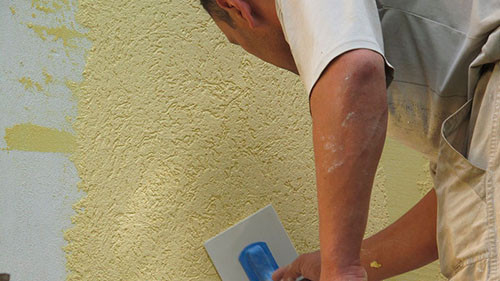
- Textured - have inclusions from granite or marble fractions, organic fibers ( flax, cotton). If you want to create a surface that reliably imitates natural stone, choose textured plaster. Also s her You can “fake” the skin, velvet and wood with help.
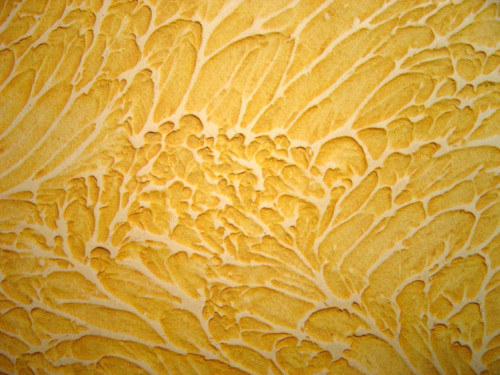
- Flot – The composition contains small particles of acrylic, which help to imitate silk surface. Such a finish looks very impressive and rich, however It requires special care and careful handling. To flot The plaster lasted longer, apply her On acrylic paint, and then cover with a transparent protective varnish.
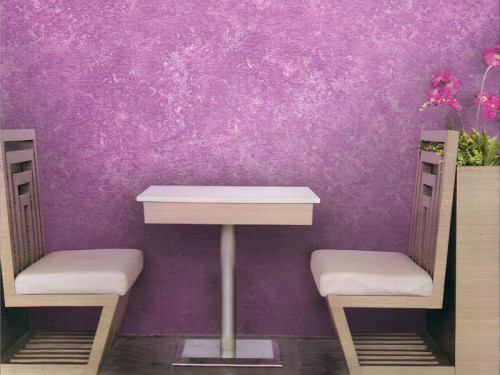
- Venetian is one of the most popular species. The mixtures are created on an acrylic basis with the addition of special dyes. They are sold in the form of thick paste, in which you need to add the pigment and mix. With the help of Venetian plaster, you can simulate silk, marble, paper and even pearls.
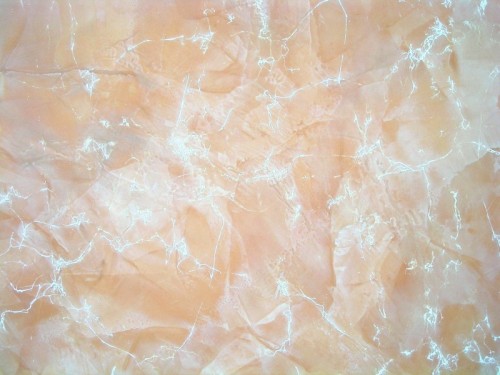
Secrets of the original finish
As we promised, we will reveal a few secrets of spectacular designer decoration with plaster. Meaning sLthe following methods are to additionally influence for plasterwhile she is more Not dried.
Techniques for creating an original relief:
- Spray - take a small trowel, scoop up a little plaster and throw on the wall.
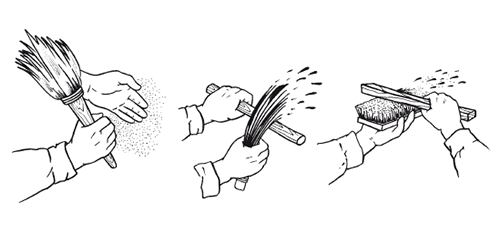
More option - dip a broom in a mixture, bring closer to the wall And lightly knock on it with a stick, so that small spray dies the surface. This technique is described in detail in the video below:
- With a sponge - when you applied the plaster with an even layer, take the sponge and slightly press to the wall so that there are no spaces left ( apply flash). It is better to take a bundle of hoof (natural, not synthetic) to get a more natural and unpredictable imprint. Rinse the sponge in soapy water periodically.
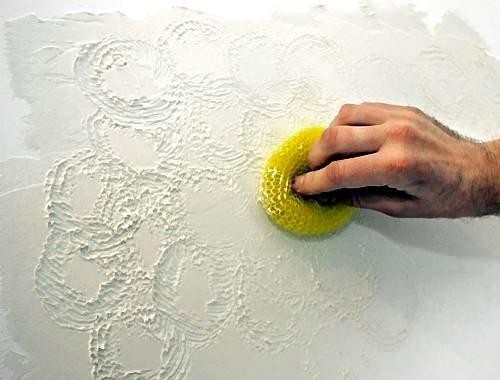
- Cellophanes - to get the effect of crumpled paper, attach a cellophane bag to just applied plaster. Before that, doubt the package thoroughly (it is better to take large packages from a durable cellophane). After drying the wall, go through all the folds with a spatula and do not be afraid that spoil the result - a spatula remove Only extra fragile elements.
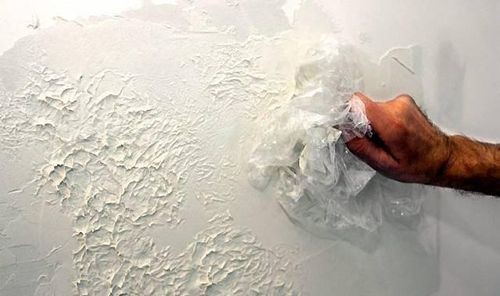
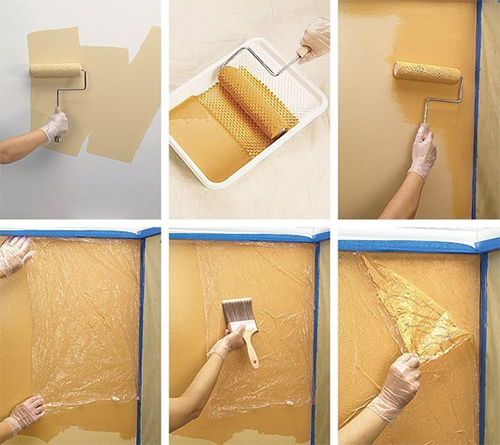
- Brush - apply plaster with a layer of 2 mm, then put the mixture on the wall with small portions with small portions and smear her strong synthetic brush In different directions. Since the first layer more Not dry, then brush It will smoothly slide along the wall and create beautiful "waves". To make the walls more voluminous, after drying, go poethe upper tint of the plaster, making circular movements and rubbing the grooves.
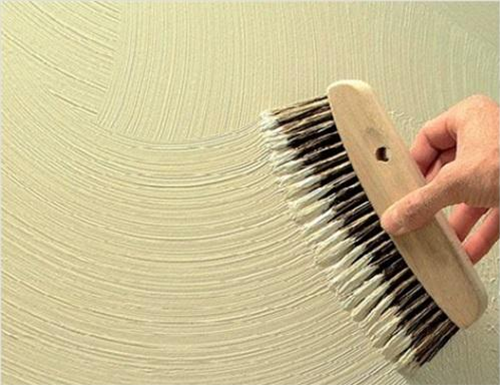
- The effect "dry land" — A very beautiful effect, which is not difficult to make. To do this, you need to wait until the plaster grabs a little, and then drive into her A wooden spoon so that cracks go from it and recesses form.
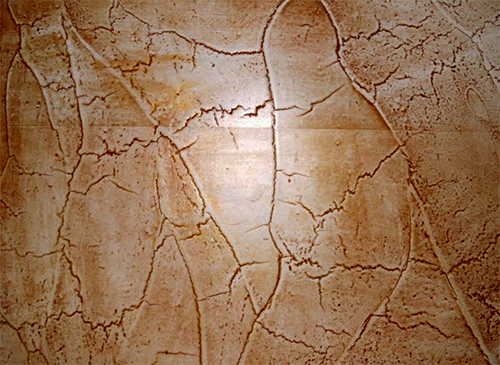
- Grooves - if you have an extra construction grater With tough the edge, we recommend testing her In the case. Apply plaster in layer 2 —3 mm and spend on it grater, changing the corner her Tilt to get grooves of different depths. Beautiful In total, a slightly untidy arbitrary relief looks.
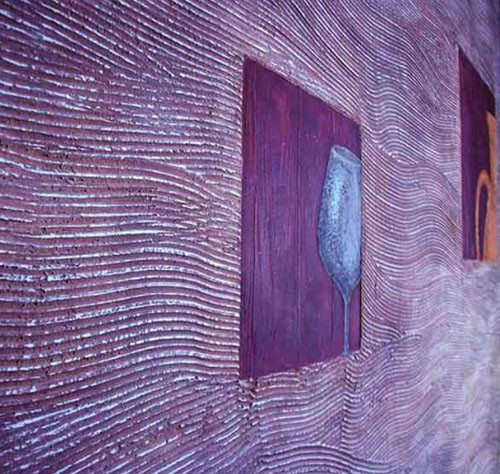
- More One original way to “revive” the walls on the balcony is to work with a structural roller. In construction stores, you can find rollers with various drawings - spend them on fresh plaster and get an even neat print. The purchased composition can be supplemented with your strokes so that "not like everyone else" — Add dots, lines, checkmarks or other elements with a wooden stick.
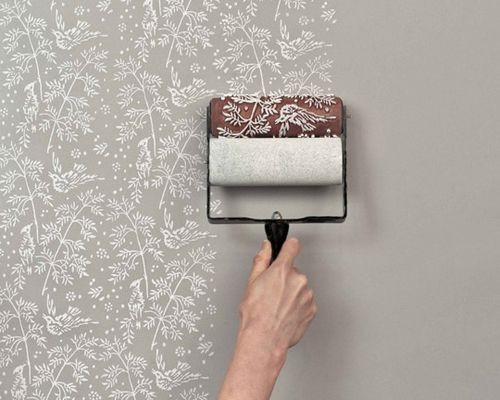
Finally, we suggest you watch a useful video about the plaster of the balcony, where many ways are described her Interesting and unusual application:
Balcony finishing with plaster: photo
